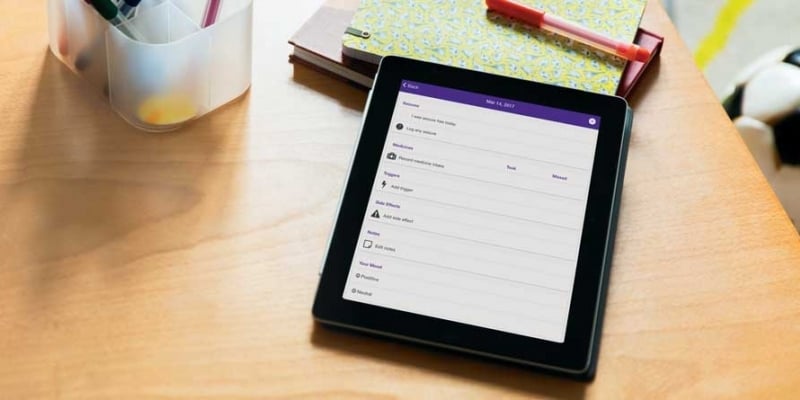Tips for Tracking Seizures
Source: Epilepsy.com
Monitoring symptoms of your seizures may teach you something about your condition that can help improve treatment. You may not be aware of everything that happens during your seizures. If others witness them, get their observations. More info can help you and your doctor find the best treatment.
Phase 1: Prodrome, before the seizure.
How had you been feeling, any change in mood or behavior?
What were you doing when it happened?
Note any triggers:
- Time of day or month; menstruation; changes in hormonal treatment
- Missed, late or changes in medication; illness; infection
- Irregular eating or sleep patterns; exercise; alcohol or drug use
- Stress; excitement; sounds; bright lights
Phase 2: Aura, the start of the seizure.
- Did you experience any warning, such as physical sensations or sensory perceptions?
- Did you experience feelings of fear; changes in vision, hearing, smell or taste?
Phase 3: Ictus, the actual seizure.
Record the time and date. How long did each phase last, from length of aura to seizure to recovery?
What happened during the event?
Consider:
- Awareness; confusion; changes in remembering, thinking, emotions
- Facial expression, twitching, eye blinking, drooling; change in muscle tone; jerking or repeated movements
- Changes in skin color, sweating, breathing
- Loss of bowel control
- Part of body involved, including side of the body
Phase 4: Postictal, the recovery period.
- Did you respond to touch or voice?
- Could you remember where you were or what had happened? How did you feel weak, numb, tired?
Originally published in EpilepsyAdvocate, Spring 2017.
Categories : From Our Magazine
Tags : Blog





